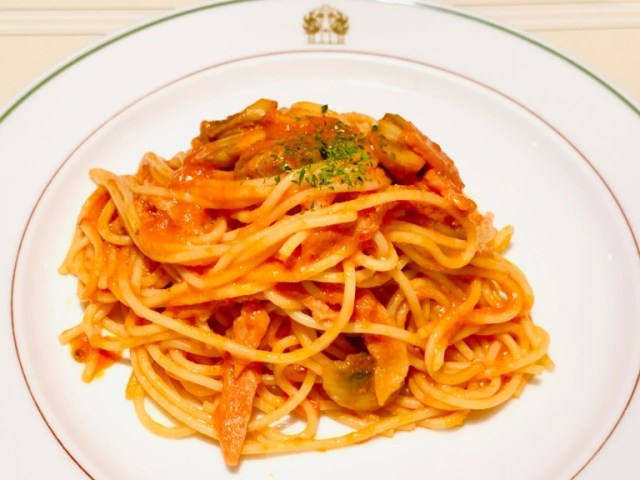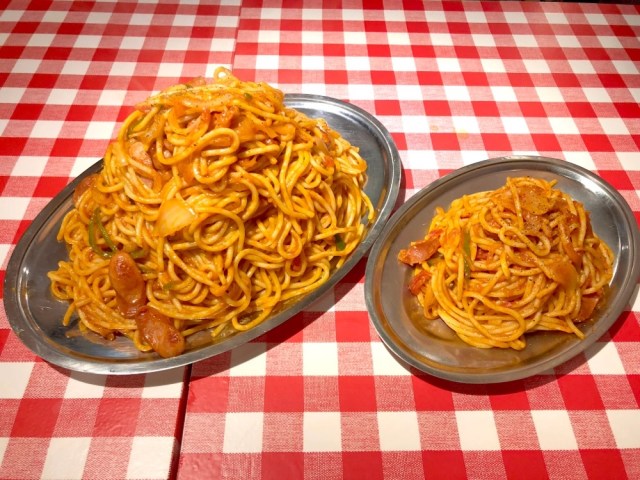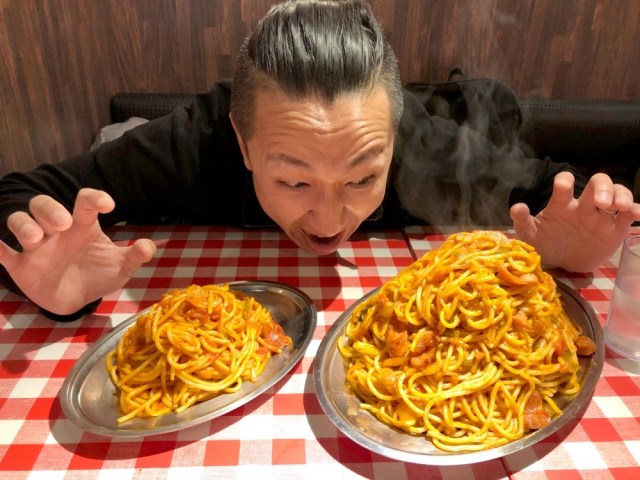Japanese pasta dish ranked 24th worst food in the world, but does it deserve that dishonor?

List shows no love for the pasta dish that’s loved by many in Japan.
In recent years, Japan has earned a reputation as one of the very best places on Earth to be if you’re feeling hungry. The modern foodie knows that Japan offers not only amazing sushi, but dozens of delicacies including mouthwatering ramen, wagyu beef, curry rice, okonomiyaki, and far, far too many others to list here.
And yet, Japan also shows up in a recent ranking of the world’s worst foods. This week, English-language food website Taste Atlas updated its 100 Worst-Rated Dishes in the World list, and sitting not too far from the top, at number 24 (i.e. among the lowest-ranked) is Napolitan.
Also known as “Naporitan” (since the Japanese language lacks an L), Taste Atlas rates Napolitan with only 2.5 stars out of 5, and describes it as:
“a combination of overcooked spaghetti, ketchup, onions, green bell peppers, mushrooms, and sausage, ham, or bacon.”
“Overcooked” might have you imagining that Napolitan’s noodles are limp and soggy, but that’s usually not the case. Instead, what Taste Atlas seems to be referring to is that Napolitan is always finished by sauteing all of the ingredients together in a frying pan.
Despite taking its name from Naples, Napolitan was created at Yokohama’s Hotel New Grand during the Allied occupation of Japan following the end of World War II. In those days, the hotel was used as housing for members of the American military, and Napolitan came about as a result of the New Grand’s chefs combining foreign recipes with locally available ingredients and tastes at a time when authentic Italian cuisine had yet to make inroads into Japan’s dining scene.
▼ Two plates of Napolitan

The combination of Napolitan’s ingredients and cooking techniques means that it’s unlike anything you’re likely to be served in Italy or the U.S. There’s nothing too weird about it, but it’s just different enough from pasta in the Western world to feel a little “off,” and that feeling gets amplified by the strong flavors of the dish and how the sauteing seals them in. Tabasco or a similar hot sauce is also a popular added accent, which is yet another flavor that can feel out of place if you’re used to traditional Italian cooking.
Even within Japan, Napolitan is a somewhat divisive dish. As the Japanese palate has become more cosmopolitan and internationalized, more faithful recreations of Italian food as it’s made in Italy, or at least less localized than Napolitan, have become increasingly popular, and you’re unlikely to see Napolitan at dedicated Italian restaurants in Japan, and it’s now considered an old-fashioned dish, something that was a bigger hit with the older generations than the younger ones.
And yet, Napolitan fans aren’t especially rare in Japan either. In addition to dedicated Napolitan specialty restaurants, you can find Napolitan at non-traditional pasta joints (alongside, say, spaghetti with spicy cod roe sauce), and you’ll also see it on menus of casual restaurants that don’t really feature any other pasta or Italian dishes. Its low price and hearty flavors appeal to kids and teens with big appetites and small allowances, and while it’s pretty sure to disappoint anyone who’s got their heart set on spaghetti Bolognese, Napolitan’s unique flavors produce their own specific craving amongst fans.
▼ Fans like our Japanese-language reporter P.K. Sanjun

It’s worth bearing in mind that Taste Atlas’ list of the 100 Worst-Rated Dishes in the World doesn’t include any mention of the methodology used to compile it, so it’s unclear if Napolitan is sitting in 24th place because of the collected voice of worldwide foodies or because of a panel of judges’ personal preferences. Either way, if you decide to try Napolitan for yourself, it’s probably best to think of it as its own entity, separate from other types of pasta, so that you can give it a fair chance of winning you over.
Source: Taste Atlas via Yuruku Yaru
Photos ©SoraNews24
● Want to hear about SoraNews24’s latest articles as soon as they’re published? Follow us on Facebook and Twitter!
Credit:

0 comments: